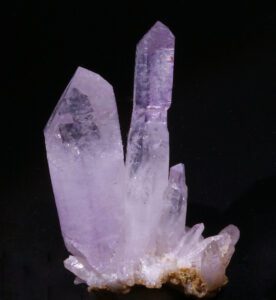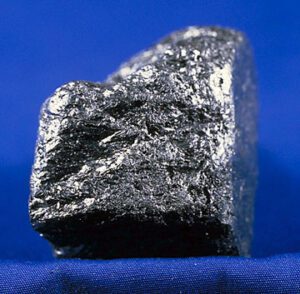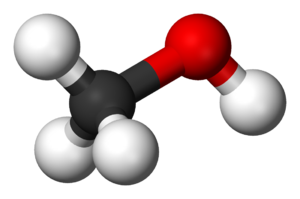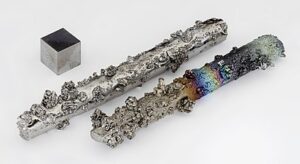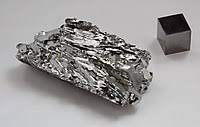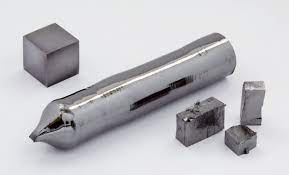Meitnerium

Meitnerium is a chemical element with the symbol Mt and atomic number 109. It is a synthetic element that does not occur naturally. It was first synthesized in 1982 by bombarding 209Bi nuclei with 58Fe nuclei through the reaction 209Bi + 58Fe → 266Mt + n at the UNILAC accelerator by a group of German …
